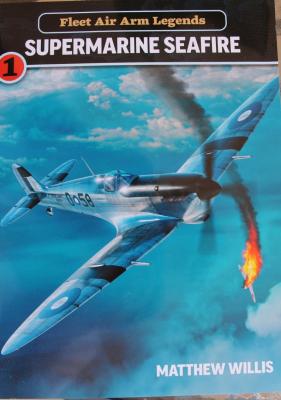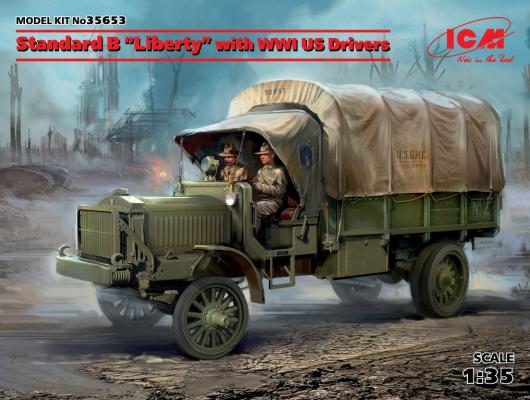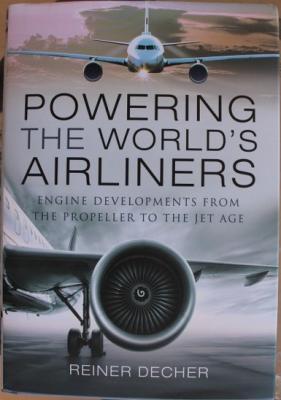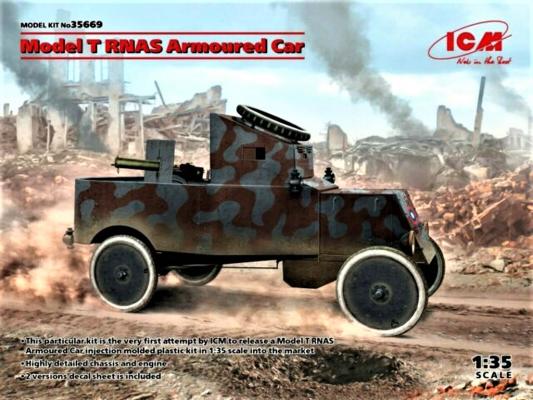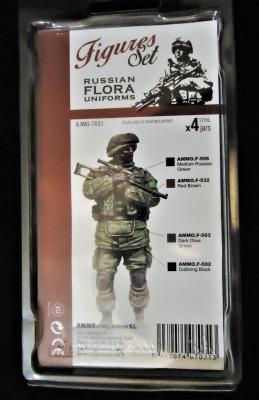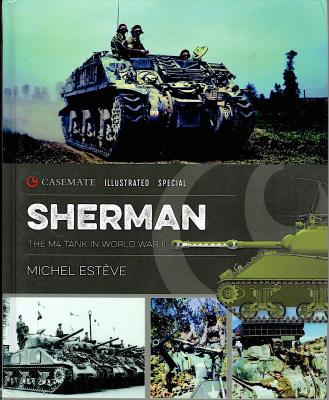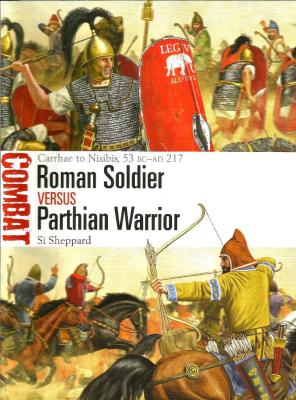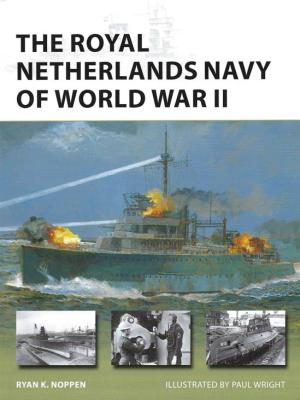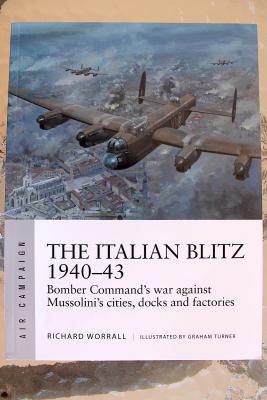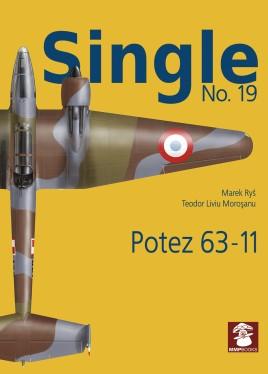Historical Background
Nearly every historical modeler and historian is thoroughly familiar with the British Spitfire fighter, which probably did more to help the Royal Air Force achieve victory over the Luftwaffe than any other aircraft. However, less publicized is the role of the Spitfire as a naval, carrier-based fighter, replacing older types including the Gloster Gladiator biplane, Fairey Fulmar two seat fighter, and Sea Hurricane, which were in Royal Navy service at the beginning of the war.

